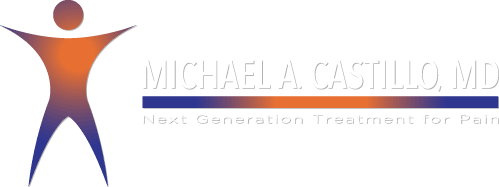Fix Pain After Back Surgery
Dr. Castillo’s thoughts about intrathecal pain pump management for treating back pain after surgeries. Intrathecal pain pump management is a proven safe and effective therapy for chronic pain control after back surgery. I send a lot of patients for back surgery, when they have chronic back or neck pain. There are patients in danger of […]
 Skip to content
Skip to content
